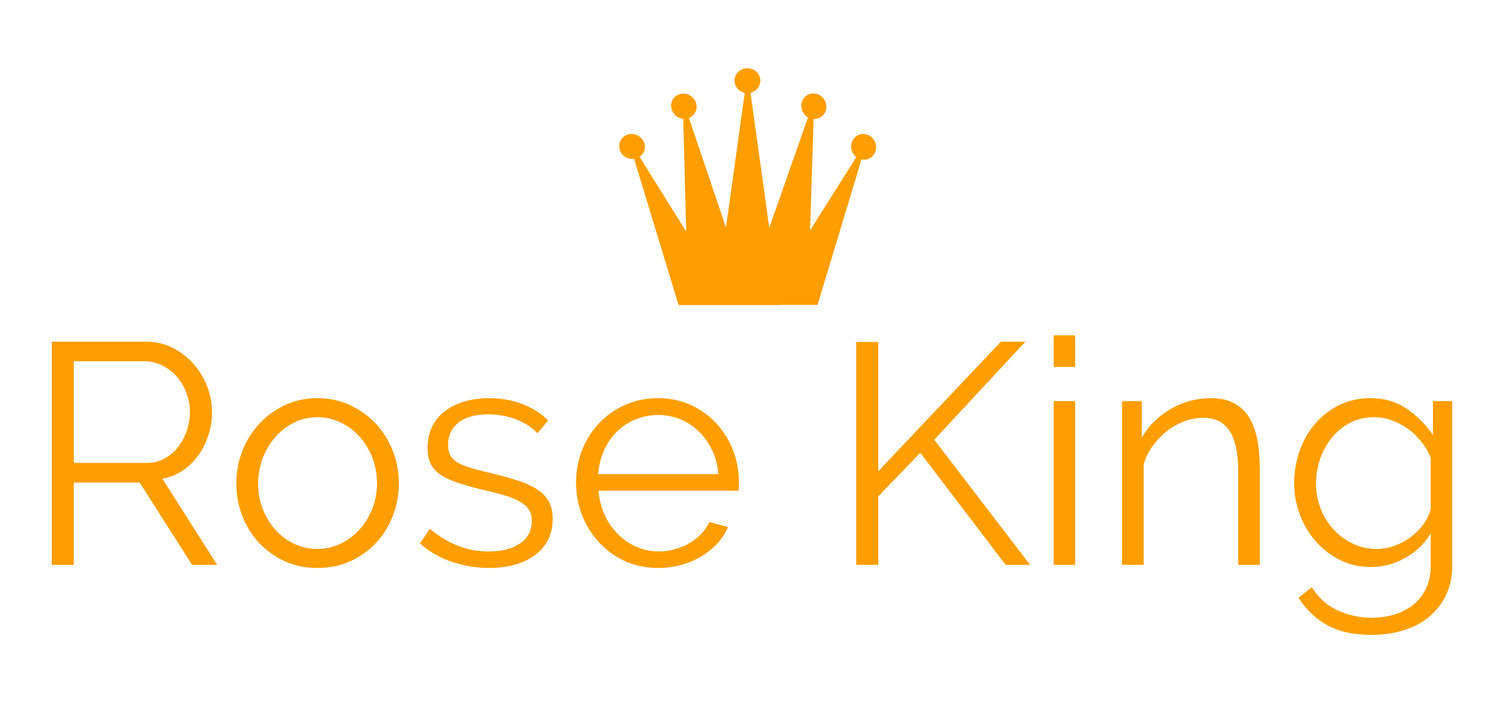Have a speech coming up? My advice is to start at the end with a clear, compelling Call to Action. Let me explain.
I got a frantic call last week. A woman named Sarah was giving a speech in less than a week and wasn't sure what she wanted to say. She was stuck. We talked for some time about the event and the audience. She'd been asked to share 8-10 minutes of remarks about a nonprofit she had founded 7 years earlier. The setting? A nondescript conference room. No podium. No slides. No Q&A. Soon we were talking about the audience. I pressed. Who were they? What did they care about? What motivated them?
Then came the kicker. And the reason Sarah was stuck. I asked her what she wanted the audience to do. When you're done speaking, I said, they'll clap politely. You'll gather your notes and your raincoat (yup, it's Fall here in the Pacific NW.) Then you'll walk out of the room, Sarah, but what happens next? What do you want your audience to do?
She got it. Sarah mentioned contacting our city council and we were off! Together we hashed out a clear, concise "ask." Once we'd identified her Call to Action, we fleshed out the main arguments of Sarah's speech. Hurray! Success!
A Call to Action
A Call to Action is a clear, concise appeal to the audience asking them to take action. To do something. How do you craft a compelling one? Here are some guidelines:
Instead of “let’s solve homelessness," say, “join our coalition.” Be specific about how you want the audience to get involved. [Photo credit: Giovanni Randisi]
1) Be explicit. A Call to Action isn't a hint or suggestion. It's not a veiled request. Nor is it a wishy-washy "ask." Stand up tall in front of the room and own it: ask for what you want. Don't say, "You might consider looking at this petition." Instead say, "I urge you to sign this petition on XYZ today." Here's another example. It's okay to say, "Homelessness is a travesty. Together we can solve this problem." But it's better to say, "We've formed a homeless coalition and we invite you to join us at our next meeting on Tuesday. Together we can get people off our streets and into safe, affordable homes."
2) Focus on THEM. The Call to Action shouldn't center on the speaker. It should state how it'll help the audience. Make clear how they'll benefit. Don't say, "Your donation will help us grow our nonprofit." Instead say, "Your donation will help build playgrounds for children this summer."
3) Use active verbs. Asking people to "think about" or "reflect" on a topic is fine for a walk in the woods, but not a speech. Be assertive. Tell them to vote or volunteer. Write a check or swipe their card. Check on their elderly neighbor, launch a neighborhood carpool, or storm the castle walls. (Maybe not that last one, but you get the idea.)
4) Make it easy. If you're asking folks to volunteer, pass around a sign up list. If you’re asking them to write to their Senator, give them postcards to sign & mail. We're all pressed for time, so make it convenient for people to take action. Said differently, reduce hurdles that would prevent them from heeding your Call to Action.
Next time you’re giving a speech, don’t get stuck. Figure out your Call to Action and then work backward to build a persuasive argument. Starting at the end is often the best way to begin.

![Instead of “let’s solve homelessness," say, “join our coalition.” Be specific about how you want the audience to get involved. [Photo credit: Giovanni Randisi]](https://images.squarespace-cdn.com/content/v1/56b15eefb6aa6091b8ce7fc2/1551993424923-G6UZ652N83JOFBWYGWII/giovanni-randisi-220666-unsplash.jpg)